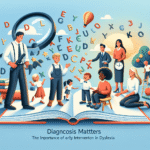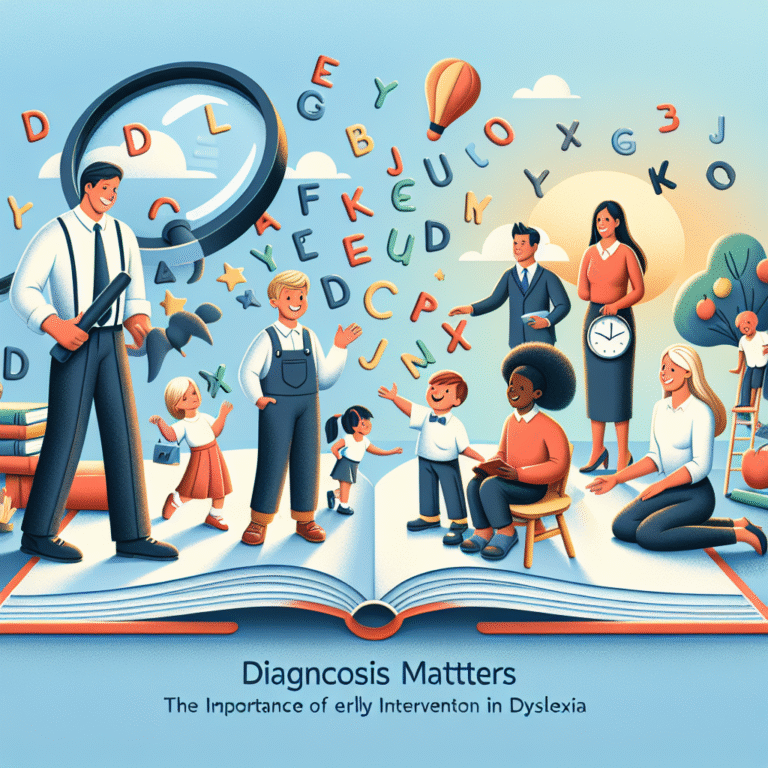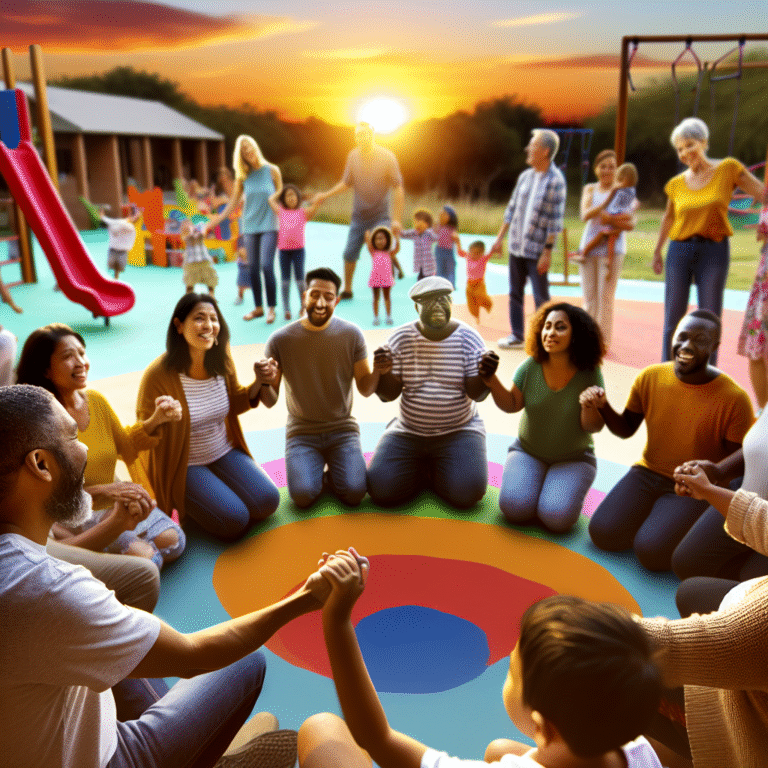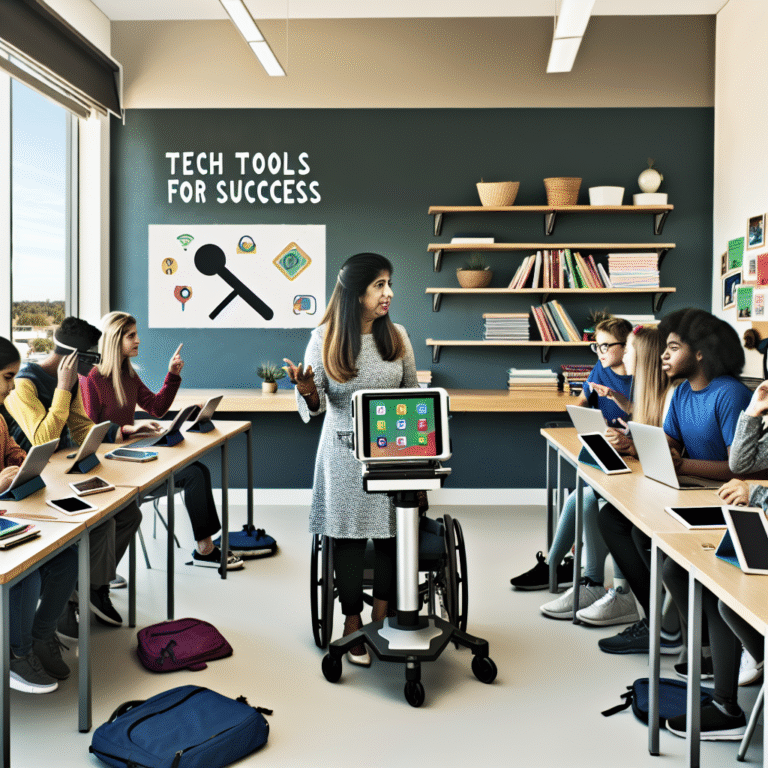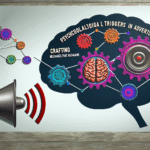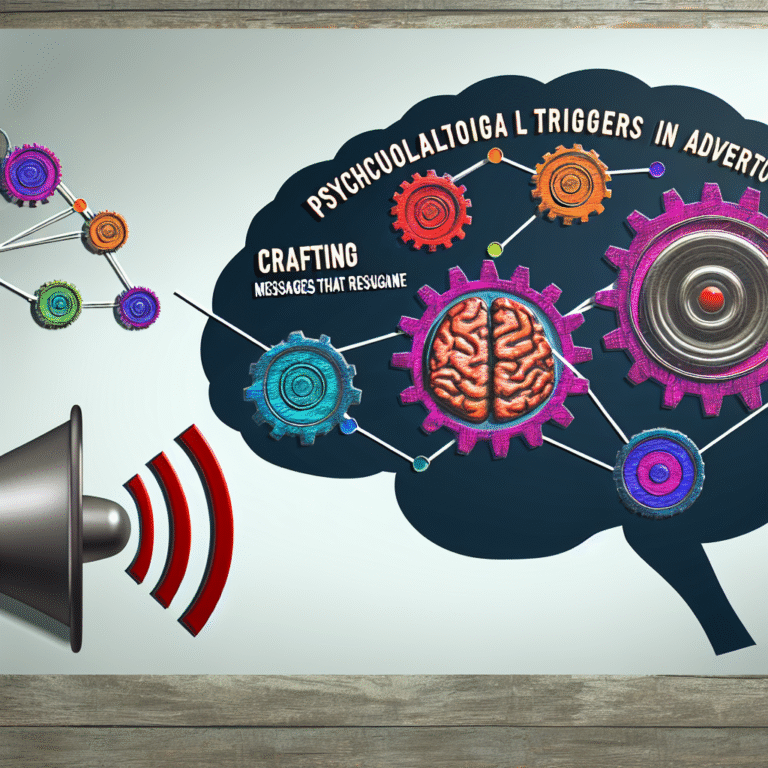Unleashing Potential: Essential Career Readiness Strategies for Students with Learning Disabilities
Introduction
In an ever-evolving job market, preparing all students for their future careers is paramount. However, for students with learning disabilities, the path to career readiness can present unique challenges. With the right strategies, we can transform these challenges into opportunities, empowering students to unleash their potential. This article delves into Unleashing Potential: Career Readiness Strategies for Students with Learning Disabilities, providing insights, strategies, and real-world applications that can create a pathway for success.
Understanding Learning Disabilities
What Are Learning Disabilities?
Learning disabilities (LD) encompass a range of neurological disorders that affect the brain’s ability to receive, process, store, and respond to information. This includes dyslexia, dyscalculia, ADHD, and more. Recognizing the specific challenges faced by students with learning disabilities is vital in tailoring effective career readiness strategies.
The Importance of Career Readiness for Students with Learning Disabilities
Career readiness is not just about securing a job; it’s about developing life skills and confidence. For students with learning disabilities, fostering a sense of self-worth and capability is crucial in navigating the workforce. By employing targeted strategies, we can enhance their prospects for meaningful employment and independence.
Unleashing Potential: Practical Strategies for Career Readiness
1. Individualized Education Plans (IEPs)
What is an IEP?
An Individualized Education Plan (IEP) is a document developed for each public school child who needs special education. It outlines specific educational goals and the services that will be provided to help achieve them.
Case Study: Michael’s Journey
Michael, a high school junior diagnosed with dyslexia, struggled with reading comprehension but excelled in hands-on projects. His IEP included an emphasis on project-based learning and modified assessments. This not only helped Michael master essential skills but also ignited a passion for architecture. By leveraging his strengths, the IEP ultimately unleashed Michael’s potential, leading him to pursue an internship in a local architecture firm.
2. Skills-Based Learning
Emphasis on Practical Skills
Students with learning disabilities often benefit from a focus on skills-based learning, which emphasizes hands-on experiences. This approach helps them build practical competencies that are essential in the workplace.
Chart: Skills Development Framework
| Skill Type | Description | Example Activity |
|---|---|---|
| Communication | Verbal and nonverbal skills | Group presentations on topics of interest |
| Technical Skills | Job-specific competencies | Workshops on coding or graphic design |
| Problem-Solving | Critical thinking and analysis | Participatory problem-solving exercises |
3. Building Self-Advocacy Skills
The Role of Self-Advocacy
Self-advocacy involves teaching students how to express their needs and understand their rights. It empowers students with learning disabilities to take charge of their education and career exploration.
Case Study: Sarah’s Advocacy
Sarah, a college student with ADHD, learned to advocate for herself in academic settings. With support, she scheduled meetings with her professors to discuss her learning needs. This proactive approach not only improved her grades but also nurtured her confidence. Ultimately, Sarah interned at a non-profit organization focused on disability rights, where her advocacy began to take shape on a broader scale.
4. Internships and Work-Based Learning Opportunities
Importance of Real-World Experience
Internships and work-based learning are critical for students with learning disabilities. These experiences provide a glimpse into the realities of the workplace, allowing students to apply their skills in a professional context.
Highlighting Work-Based Learning Programs
Programs that prioritize hands-on learning and mentorship can make a significant difference. The “Project SEARCH” model, for instance, integrates classroom instruction with on-the-job training, creating a robust platform for career development.
5. Leveraging Technology
Assistive Technology
Today’s technological advancements offer tools that can facilitate learning for students with disabilities. Incorporating assistive technology can streamline educational processes, making skill acquisition more accessible and engaging.
| Tool | Functionality | Benefit |
|---|---|---|
| Text-to-Speech | Reads texts aloud | Enhances reading comprehension |
| Speech Recognition | Converts speech to text | Aids written expression |
| Organizational Apps | Helps manage tasks and time | Improves time management skills |
Conquering the Workplace: Soft Skills Development
The Necessity of Soft Skills
In addition to technical skills, soft skills such as teamwork, communication, and adaptability play a crucial role in career success.
Strategies to Cultivate Soft Skills
- Role-Playing Exercises: Encourage scenarios that mimic workplace interactions.
- Group Projects: Foster collaboration in a safe and controlled environment.
- Feedback Sessions: Create opportunities for constructive feedback to enhance self-awareness.
Case Study: James’s Workplace Transformation
James, who has a communication disorder, struggled to engage in group settings. Through a guided mentorship program focused on soft skills development, he learned effective communication techniques. This newfound confidence allowed him to secure a position at a local retail store, where he successfully applied these skills daily.
Conclusion: Inspiration for the Journey Ahead
Unleashing the potential of students with learning disabilities demands a multifaceted approach. By integrating personalized education strategies, fostering self-advocacy, promoting work-based learning experiences, and developing soft skills, we can transform the landscape of career readiness. With the right support, every student can find their unique path to success.
As we aim to empower these students, it’s crucial to remember that every small step counts. Each strategy employed can pave the way for a more successful and fulfilling future. Let’s commit to nurturing their potential, ensuring that no student’s dreams are limited by their learning disabilities.
FAQs
What are some common learning disabilities?
- Common learning disabilities include dyslexia, dyscalculia, ADHD, and nonverbal learning disabilities, each affecting different areas of learning.
How can parents support their children with learning disabilities in career readiness?
- Parents can advocate for IEPs, promote real-world experiences, and encourage their children to explore their interests and strengths.
What role does technology play in helping students with learning disabilities?
- Technology, especially assistive tools, can enhance accessibility, improve learning outcomes, and help students with learning disabilities thrive academically and professionally.
Are there special programs available for career readiness for students with learning disabilities?
- Yes, numerous programs exist, such as Project SEARCH and vocational rehabilitation services, designed to help students with disabilities acquire career-related skills.
- How important are soft skills in the workplace for students with learning disabilities?
- Soft skills are critical as they enhance an individual’s ability to communicate, collaborate, and adapt in diverse work environments, significantly impacting career success.
By embracing these Unleashing Potential: Career Readiness Strategies for Students with Learning Disabilities, we are not only equipping students for the workforce but also affirming their value and capability.


